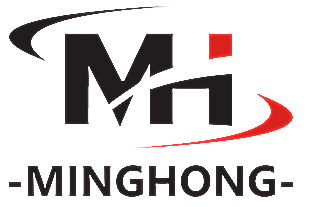1. Introduction
In recent years, demand for concrete that combines high strength, durability, and greener credentials has driven innovation in supplementary cementitious materials (SCMs). Ultrafine silica fume is increasingly prominent in this trend, offering excellent pozzolanic reactivity, reduction of permeability, and improvements to long-term durability.
2. Technological Developments
- Production & Purity Enhancements
Producers are implementing improved dust collection and baghouse filtration systems to increase capture rates of silica fume by-product. New classification and separation methods allow finer control of particle size distribution, with many manufacturers now standardizing size around 0.1–0.3 microns for ultra-reactivity. 全球增长洞察+1 - Formulation Innovations
Novel mixes integrate silica fume blends tailored for specific applications: ultra-high performance concrete (UHPC), 3D concrete printing, and self-compacting mixes. For example, some silica fume optimized for 3D printing reduces setting time and improves build-layer bonding. 全球增长洞察+1 - Sustainability & Carbon Reduction
Use of silica fume helps lower cement content in mixes, which is one of the largest contributors to CO₂ emissions in concrete. Also, producers are using more recycled feedstock and optimizing furnace emissions. Low-carbon microsilica variants are entering the market. 全球增长洞察+1
3. Market Trends
- Growing Demand in Infrastructure & Green Building
Public projects in seismic zones, marine structures, bridges, dams are specifying high-performance, durable concrete mixes containing silica fume. Green building certifications (LEED, etc.) increasingly require lower embodied carbon, driving demand. PW Consulting+2统计市场研究+2 - Regional Shifts and Supply Expansion
Asia-Pacific continues to be a leading growth region. Producers are expanding capacity in Europe and Asia, improving logistics to reduce lead times. The rise in semi-densified and densified silica fume is notable for ease of handling and transport. 统计市场研究+2industryresearch.biz+2
4. Challenges & Considerations
- Controlling variability in silica fume (purity, carbon content, moisture) remains essential for predictable performance.
- Higher cost for ultrafine / highly reactive grades may limit uptake for some segments.
- Logistics and handling (dust, packaging) present practical and regulatory issues, especially in urban or sensitive environments.
5. What to Look for When Specifying
- SiO₂ content and impurities (carbon, alkalis)
- Particle size distribution, specific surface area
- Form (densified vs undensified) and moisture content
- Certifications / test data (e.g. ASTM, EN)
- Proven performance in similar exposure conditions (marine, high chloride, freeze-thaw, etc.)
6. Conclusion
Ultrafine silica fume is increasingly central to the future of high-performance, sustainable concrete. Advances in production, formulation, and market demand are converging to make silica fume not just an additive but a key enabler of lower-carbon, longer-lasting infrastructure. Buyers and specifiers who understand the technical trade-offs and select appropriate grades will gain significant advantage in performance and lifecycle cost.
